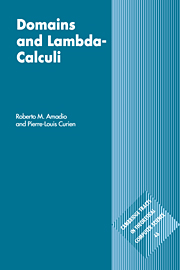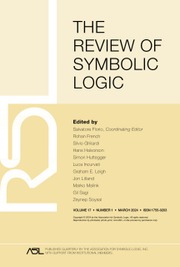Introducing String Diagrams
String diagrams are powerful graphical methods for reasoning in elementary category theory. Written in an informal expository style, this book provides a self-contained introduction to these diagrammatic techniques, ideal for graduate students and researchers. Much of the book is devoted to worked examples highlighting how best to use string diagrams to solve realistic problems in elementary category theory. A range of topics are explored from the perspective of string diagrams, including adjunctions, monad and comonads, Kleisli and Eilenberg–�Moore categories, and endofunctor algebras and coalgebras. Careful attention is paid throughout to exploit the freedom of the graphical notation to draw diagrams that aid understanding and subsequent calculations. Each chapter contains plentiful exercises of varying levels of difficulty, suitable for self-study or for use by instructors.
- The first expository account of using string diagrams to reason in elementary category theory
- Detailed discussion of both mathematical and practical aspects of using graphical reasoning to solve real problems in category theory
- Self-contained account, suitable for both mathematicians and computer scientists at the early graduate level and above
- Numerous color diagrams designed to aid understanding
Reviews & endorsements
'String diagrams have proven an indispensable tool in modern category theory, enabling intuitive graphical reasoning while doing away with much of the bookkeeping that tends to bog down equational arguments. This textbook introduces category theory by way of string diagrams, making it an excellent choice both for beginners in category theory, as well as for more experienced category theorists seeking to add string diagrammatic reasoning to their repertoire.' Robin Kaarsgaard, University of Edinburgh
'Well-chosen notation plays a vital role in constructive calculation because it facilitates the exploitation of algebraic properties. This book's exemplary use of string diagrams in category theory will inspire and invigorate the calculational method. Peruse and ponder its colourful beauty.' Roland Backhouse, University of Nottingham
Product details
No date availableAdobe eBook Reader
9781009317849
0 pages
Table of Contents
- Prologue
- 1. Category theory
- 2. String diagrams
- 3. Monads
- 4. Adjunctions
- 5. Putting it all together
- Epilogue
- Appendix. Notation
- References
- Index.





